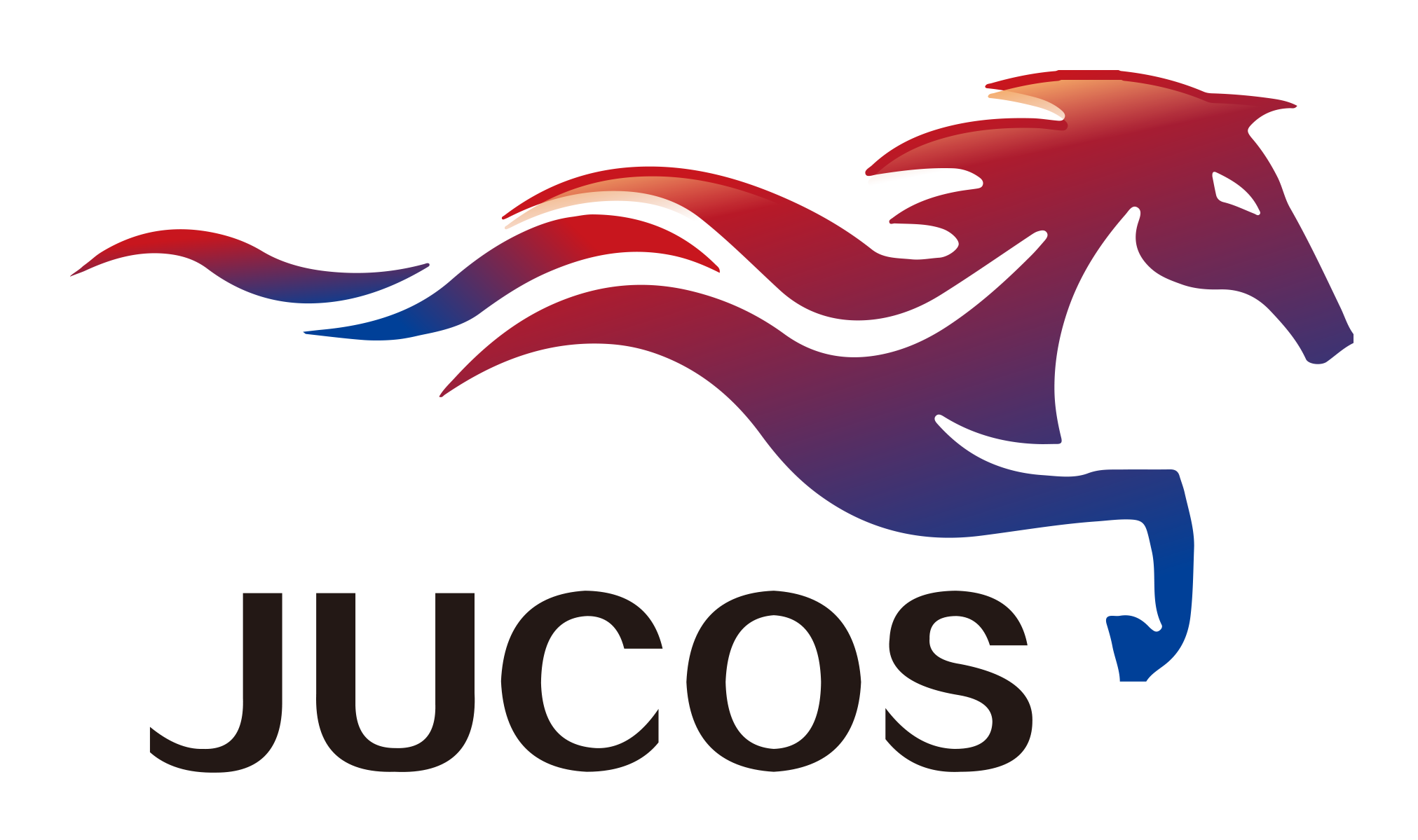The production process of zinc sheet

Galvanizing is the process of coating metal objects with zinc to protect them from corrosion.
The process involves several steps:
Surface treatment: A thorough cleaning of a metal object (usually made of steel or iron) to be electroplated to remove any dirt, rust, grease, or other contaminants. This step is essential to ensure good adhesion of the zinc coating.
Pickling: Immersing an object in an acid bath, usually a solution of hydrochloric acid, to remove any remaining impurities and provide a clean surface for plating.
Electric cleaning (optional) : In some cases, pickling is followed by an electric cleaning step. The object is placed in an alkaline solution, through which an electric current is passed to remove any remaining traces of contamination and activate the surface for plating.
Galvanizing: The metal object is then immersed in an electroplating bath containing a solution of zinc salts, such as zinc chloride or zinc sulfate. The bath is kept at a specific temperature and pH to facilitate the plating process. The object is used as a cathode, and the zinc anode is also present in the bath. When an electric current passes through the bath, zinc ions are reduced at the cathode (a metal object) and form a layer of zinc on its surface.
Post-treatment: Once the desired thickness of zinc coating is reached, the object is removed from the plating tank and rinsed thoroughly to remove any excess solution. It may also be subjected to additional treatments, such as chromate treatment or passivation, to enhance the corrosion resistance and appearance of the coating.
It is important to note that the exact details and parameters of the galvanizing process may vary depending on factors such as the size and composition of the object being plated, the thickness and characteristics of the desired galvanizing layer, and the particular requirements of the application.











